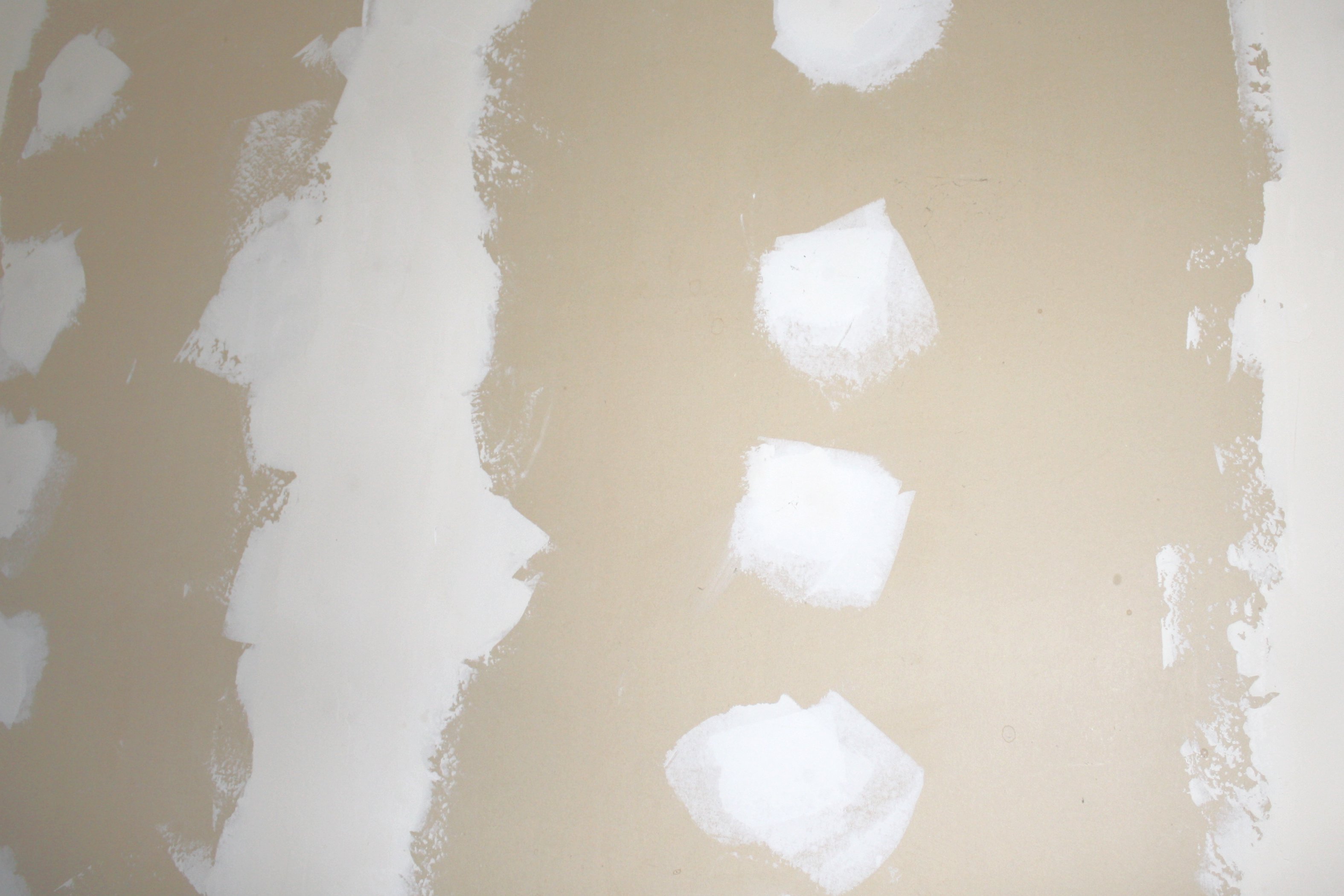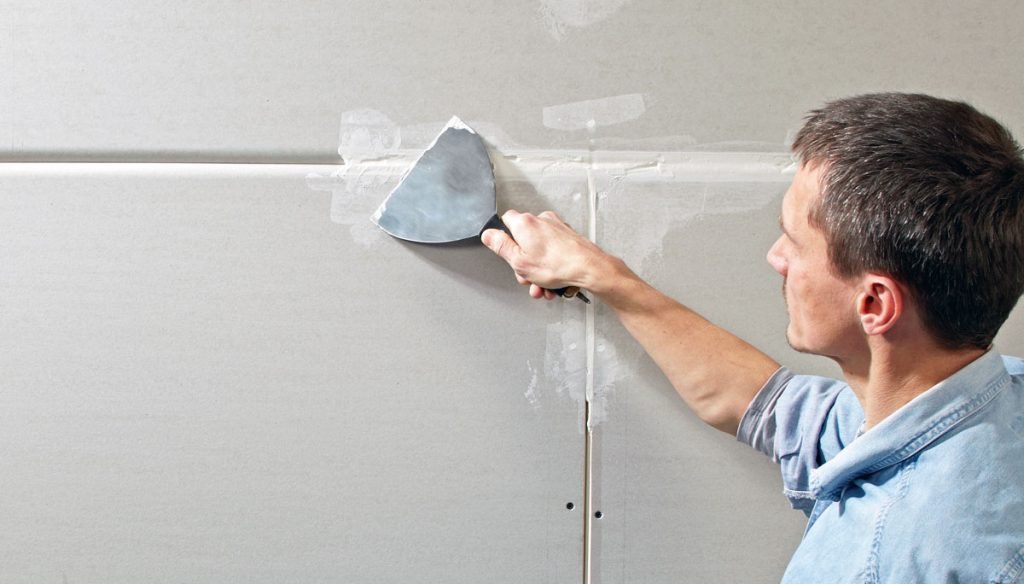

Lightweight spackles typically have shorter dry times, with many ready to receive paint just 30 minutes after application. Spackles with quick dry times allow the user to get on to the main job of painting sooner. Drying Timeĭrying time is an essential aspect of spackling, as it typically precedes a paint job. Spackles designed for plaster, in comparison, will have a smoother finish that matches the texture of plaster walls. Drywall spackle will dry to a rougher textured finish that blends better with the drywall surface once the repair and painting are complete. Choose a texture that best matches the material of the wall. Spackle comes in two types of finishes: textured and smooth. Standard and vinyl spackles are best suited for this type of repair. Larger holes of an inch or more in diameter require the use of a mesh patch.
#Best drywall plaster series
Filling these larger holes usually requires the user to apply a series of layers, allowing each layer to dry between applications. While lightweight spackles are best suited to small nail holes and gouges of ¼ inch or less, standard spackles and heavier spackling compounds can cover gaps and depths of up to ¾ inch. This is crucial to ensuring that the repair holds up once the spackle is dry. While not all manufacturers list the size of the repair the spackle can handle, knowing the type of spackle will give a good indication of what kinds of repairs it will cover.
#Best drywall plaster crack
It does not shrink or crack as it dries and can be applied in layers to handle damage up to ¾ of an inch thick.ĭifferent spackles are capable of covering different size holes and gashes. It’s flexible, making it suitable for repairs to drywall, brick, wood, plaster, and even stone.

Like epoxy adhesives, epoxy spackle comes in two separate bottles-a resin and a hardener-which one must mix just before use. Epoxy: Epoxy is one of the most durable spackle options, but it’s also more complicated to use.This type of spackling compound contains elastic polymers that give it excellent strength, making it suitable for interior or exterior use. This makes it ideal for repairing deeper holes and gashes. Vinyl: Unlike other compounds, which can typically repair damage in one layer, vinyl is generally applied in multiple layers, with each layer allowed to dry between applications.Standard spackling compound also dries to a harder finish capable of withstanding impacts better than lightweight spackle. This makes it ideal for repairing more extensive damage to walls, including holes an inch in diameter or larger. Standard: Standard spackling compounds use gypsum in their formula, which is the same material used in drywall.It’s ideal for patching small nail holes and dents in walls before painting. Lightweight spackle dries quickly and evenly with little shrinkage, sands easily, and usually only requires a single coat. Lightweight: Lightweight spackling compound uses a mix of sodium silicate with an adhesive.Spackle comes in lightweight, standard, vinyl, epoxy, and acrylic varieties. Understanding the different types of spackles on the market is key to selecting the right spackle for the job. There are a few things to consider when choosing the best spackle for a repair job, including texture, drying time, flexibility, and which type of spackling compound is best suited to tackle which repairs. Photo: What to Consider When Choosing the Best Spackle


 0 kommentar(er)
0 kommentar(er)
